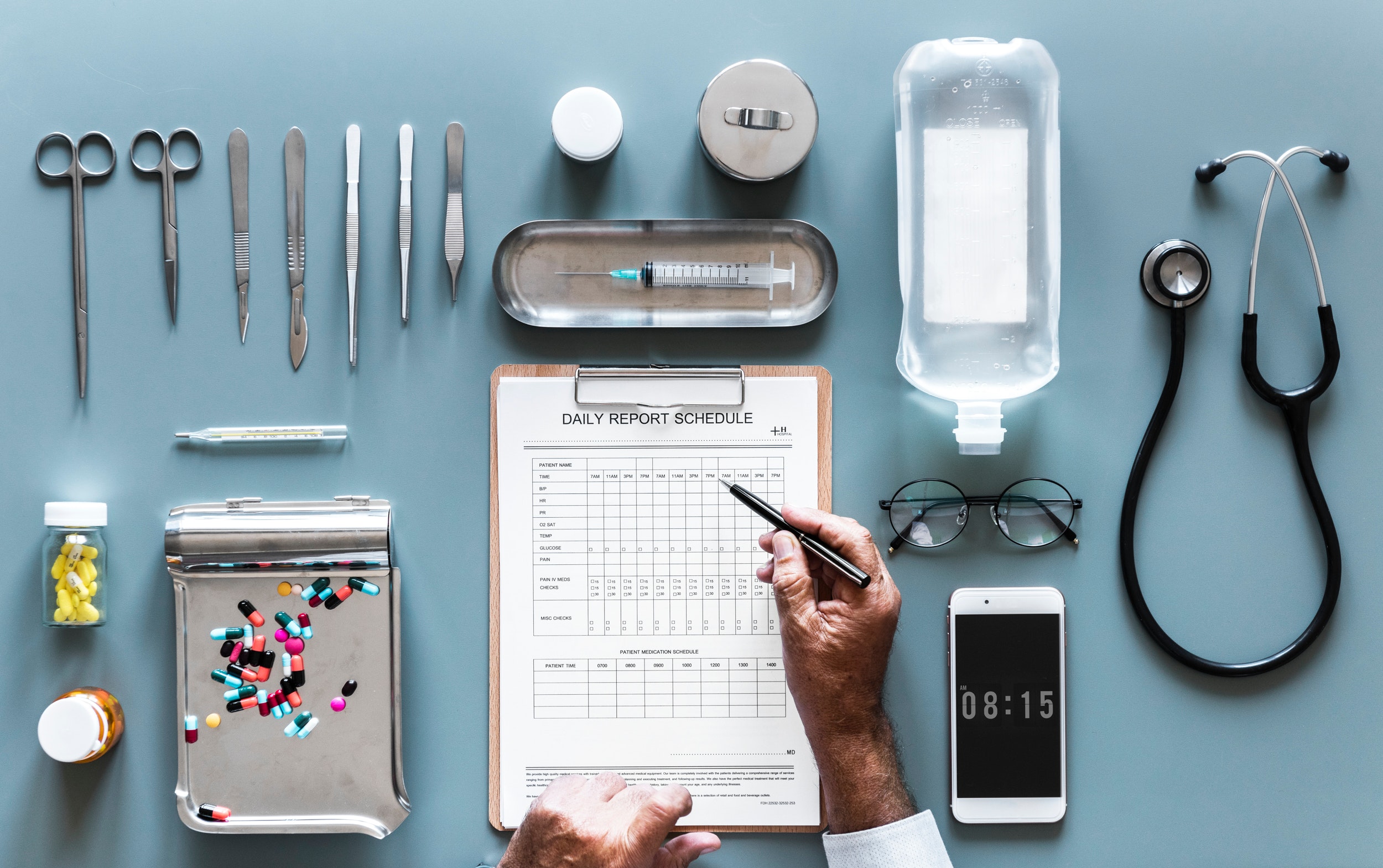During the course of this decade, healthcare practices have switched to electronic health records (EHRs) in droves under the promise that we could easily exchange data between providers and give patients their data with a single click. The government passed a huge bill called the Health Information Technology for Economic and Clinical Health (HITECH) Act in 2009 incentivizing EHR adoption. Almost 10 years later, and EHRs have not lived up to the expectations.
Data Silos
Prior to widespread EHR adoption, medical records were stored as paper records in manila folders stuffed into file cabinets in rooms dedicated to such files. Back in 2006, I volunteered at a medical records department. I remember printing hundreds of pages a day trying to find the correct patient folder to match the new pages with. I would stuff an already overflowing folder with more pages and then jam the folder back into the file cabinet. In the process, pages were mangled and my hands were dried from all the paper. These vaults of files were inefficient, to say the least. It was difficult to pull out a patient's folder from the over-stuffed file cabinet, hard to find the information that a doctor was looking for between the hundreds of pages, and tedious to fax between practices when a patient went to multiple facilities for care. This created data silos where it was a gargantuan task for data on a patient to easily exchange hands. Fast forward to 2018, and now those rooms full of papers are a thing of the past (sometimes). However, the data silos still exist. Medical records may be stored electronically, but somehow they are still faxed from one provider to another. Young staff members being hired to process medical records have never used a fax machine in their lives. Even when these records are sent to another provider, the receiving provider cannot use the records any differently than they did in the days of the paper storage rooms. They cannot search for data electronically, can't see trends over time, and can't get alerted when a lab test result is not in normal range. This is because records are not stored in the same format across practices and there is no standard to exchange the data. Thus, we are left with a system that digitized the paper medical record rooms, but only in the sense that every page got scanned and stored as an image on the computer.
Patient Rights
What does this all mean for patients? It means repeated expensive tests, lack of understanding of medications and allergies, and more frustration in a time when people just want to get healthy. Even more alarming, the third leading cause of death in America is medical errors, 80% of which are due to miscommunication during care transition. 80% of the third leading cause of death! In a seemingly incredulous case, records in a hospital can't even be exchanged from inpatient to outpatient or vice-versa. This lack of exchange standards is detrimental to the workflow of health providers and to the health of patients. Imagine if you could not access your bank information electronically. You would very likely be confused about how your money is being spent and would not be able to budget to the best of your ability. This is what health data is like today. Patients must own their health data and be presented the data in a manner that they can understand and use to improve their health. Per HIPAA, patients own their health data. However, it is often used as a reason why patients can't get access to their data easily. It is time for us to stand up and say that we want our health data and we want it now.
Patient Portals
Today, most practices offer a patient portal to their patients. Patients can access their health data from these portals by viewing their lab results, medications, conditions, and other relevant data. While the intent behind patient portals is good, the execution is terrible. The data is presented as a spreadsheet, where the user has to know what to look for and what the data means. It is unrealistic to think patients can understand what this data means. For a chronic care patient that sees several doctors, they have many different portals with different logins and none of them exchange information. The patient has no ability to share data from one portal with another doctor and the data is still owned by the practice. Once they delete it, it is gone forever.
What's Next
So what is next? We believe we are on the cusp of a health data revolution. New data sources are emerging such as genetic testing, at home test kits, wearable data, and other sources that haven't even been invented yet. It is paramount that we figure out how we will use this data and existing health data to better serve patients and provide better care. There is a lot of hype around new standards for health data, new exchange methods, and new networks to exchange data. However, if we are really going to properly utilize the vasts amount of new data coming our way, then we need to think outside the box. We need to think about how to use artificial intelligence to process this data for us. That is the future of health data. Lots of companies will be trying to get there first. Let us just hope that whoever solves it does it with societal and patient benefit in mind, rather than just dollars, or we will continue the trend of record high costs for healthcare with worse outcomes.

